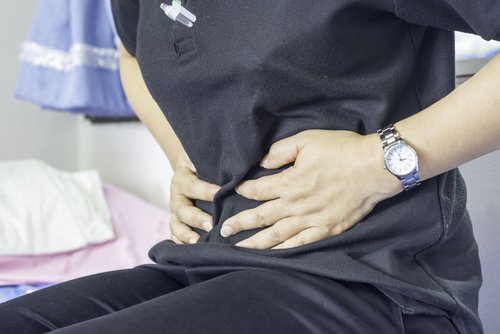Current therapies to manage pain caused by endometriosis can only provide limited or intermittent benefit to women, according to recent research.
The study, titled “Reevaluating response and failure of medical treatment of endometriosis: a systematic review,” was published in Fertility and Sterility.
Despite advances made in the understanding of the biology behind endometriosis, women who suffer from this medical condition still lack specific and efficient therapies to treat their symptoms. Many of the therapeutic strategies used rely on suppressing estrogen estrogen activity. According to different reports, they present similar effectiveness in controlling disease progression and symptoms, but their tolerability profiles differ.
Progestins and combined oral contraceptives (COCs) are the most used treatment strategy. However, associated side effects can affect the quality of life of the patients. GnRH agonists are also a hormone therapy that is commonly used, but it can induce menopausal-like symptoms, making its use restricted to short time periods.
Analgesics, such as nonsteroidal anti-inflammatory drugs (NSAIDs), are widely used to control endometriosis pain symptoms, but with little evidence of effectiveness.
An international team of researchers conducted a review study to evaluate the effectiveness of available therapies to manage endometriosis pain symptoms.
After analyzing 58 studies with information on 125 treatment arms, the authors found that 11 to 19 percent of endometriosis patients did not show any improvement in their pain symptoms from therapy. This analysis also revealed that 5 to 59 percent of the treated women still had pain symptoms caused by endometriosis by the end of the treatment.
“Clear conclusions, however, cannot be made on lack of response (in terms of both persistent pain and lack of reduction in pain symptom severity) to the therapies examined, because it was not assessed consistently in the included studies,” the authors wrote.
In addition to these observations, 17 to 34 percent of the patients included in the review studies experienced pain recurrence during the follow-up period after their treatment was over. This result suggests that long-term treatments may be necessary to maintain pain control in these patients.
However, “the continuation of treatment to obtain sustained symptom relief may, however, be limited by drug intolerance or increased exposure to the risk of adverse events,” the authors wrote.
They found that after median study duration from two to 24 months, 5 to 16 percent of the women had to discontinue the treatments due to adverse events or lack of effectiveness.
“Prospective data on the long-term efficacy and safety of medical therapies for the different types of endometriosis are needed to determine optimal and maximum treatment durations,” the authors added.
Is still unclear how disease stage can affect the efficacy of available treatments in providing pain relief. Therefore, more studies are required to clarify this and identify potential strategies that can benefit the most patients and their optimal use.
“There remains an unmet clinical need among women with endometriosis for a specific disease-modifying therapy to provide long-term symptom relief that persists after the treatment period,” the researchers concluded.

